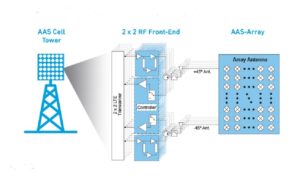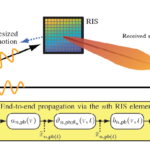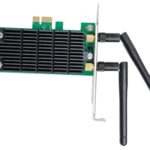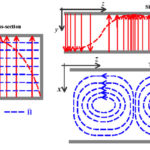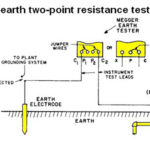5G networks demand new antenna designs to deliver faster speeds for sub-6 GHz and millimeter wave (mmWave) communications. These new antenna technologies, however, often create a tech jargon that can potentially confuse readers.
Let’s set the record straight in terms of who is who in the 5G antenna designs. It starts with the difference between passive and active antenna domains.
In a conventional antenna system, a single passive antenna or several passive antennas in the form of arrays combine with radio chains to support communication systems. Here, it’s important to note that the passive antenna technology has evolved significantly over the past few years, and it’s now capable of supporting the legacy 4G systems as well as 5G NR systems in the 3.5 GHz frequency bands.
5G networks are increasingly adopting active antenna systems (AAS) to increase the capacity and coverage of radio streams. Active antenna systems feature a tighter integration of RF electronics with a massive-element antenna to enable miniaturization and boost efficiency.
The 5G base stations apply a high number of transmit and receive antenna elements for serving multiple users with parallel data streams. Here, active antenna system integrates the antenna array with the transceiver front-ends; an active antenna placed next to the RF module enhances communication throughput and reduces power consumption as well as cable losses.
An active antenna system usually includes interface amplifiers, low noise amplifiers, switches, and pre-drivers to address the transmit and receive requirements of massive MIMO in compact form factors. That also enables it to optimize the space on radio base station towers.
Passive-active antenna system
Another outgrowth from the traditional passive antenna systems, a passive-active antenna system combines a 5G active antenna with a passive base station antenna already used in the legacy cellular networks. It’s a two-in-one system that introduces a layer of active antennas on the existing cell sites and thus lowers the cost overhead associated with the installation of new antenna systems and cell sites.
Advanced antenna system (AAS)
There is another term in the 5G antenna jargon that shares the acronym “AAS” with active antenna systems: advanced antenna system (AAS). To show that active antenna systems and advanced antenna systems aren’t the same, here is a brief profile of advanced antenna systems and how they differ from active antenna systems.
Active antenna systems employ intelligent integration of active transceiver array and passive antenna array into a single hardware unit. Image: Qorvo (Click image to enlarge)
An advanced antenna system or AAS comprises an antenna array closely integrated with the hardware and software required for transmission and reception of radio signals as well as signal processing algorithms to support the execution of advanced 5G communication features. It’s a key enabler in implementing the beamforming and MIMO techniques in 5G designs.
Advanced antenna systems provide greater steerability for adapting the antenna radiation patterns to rapidly time-varying traffic and multi-path radio propagation conditions. They enhance 5G network performance in both uplink and downlink.

